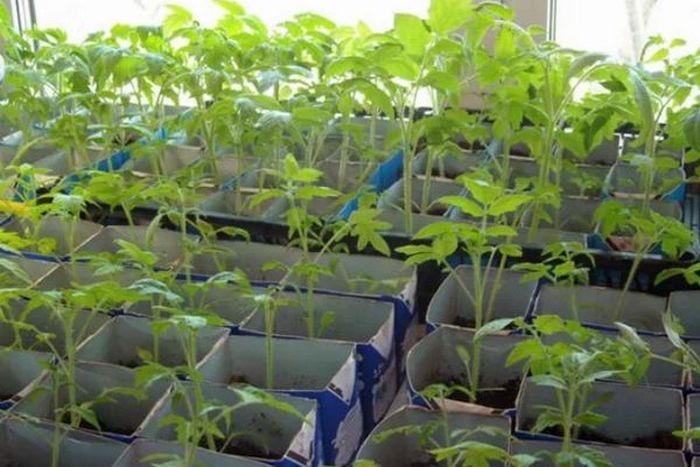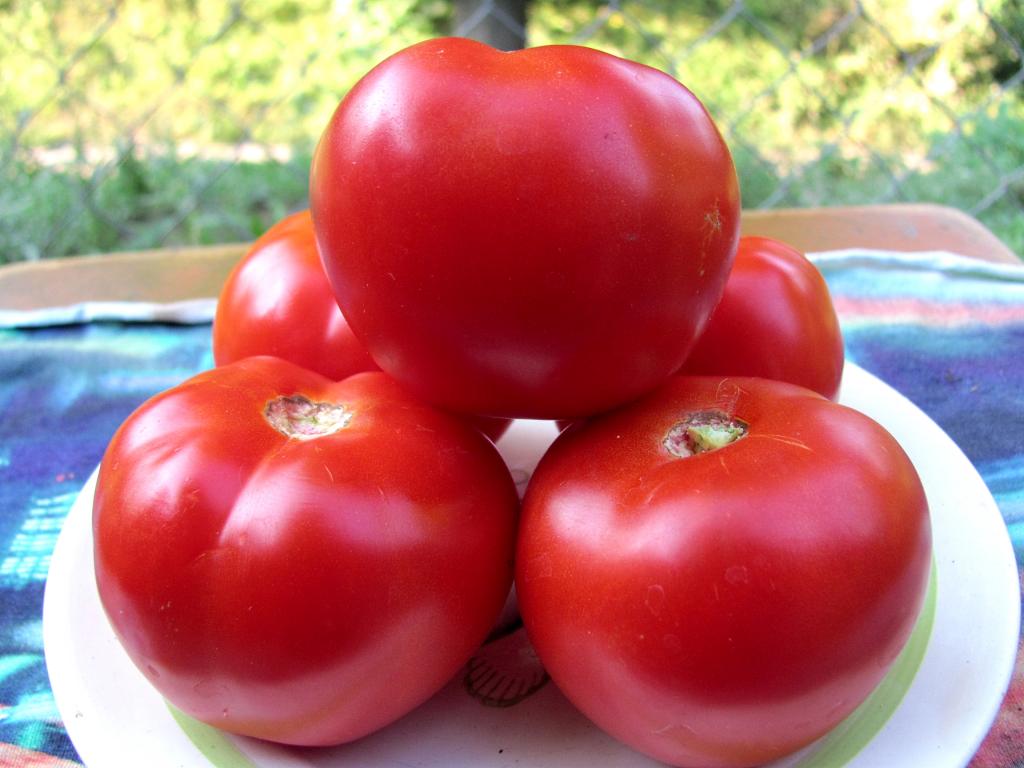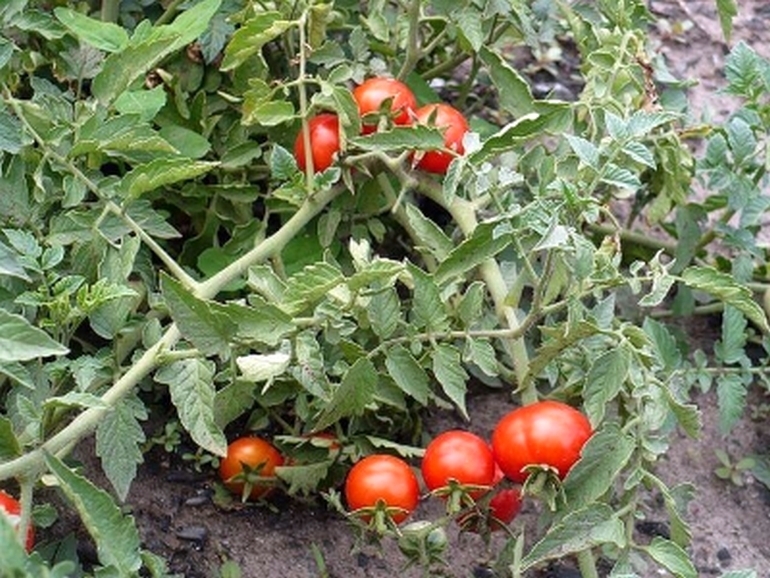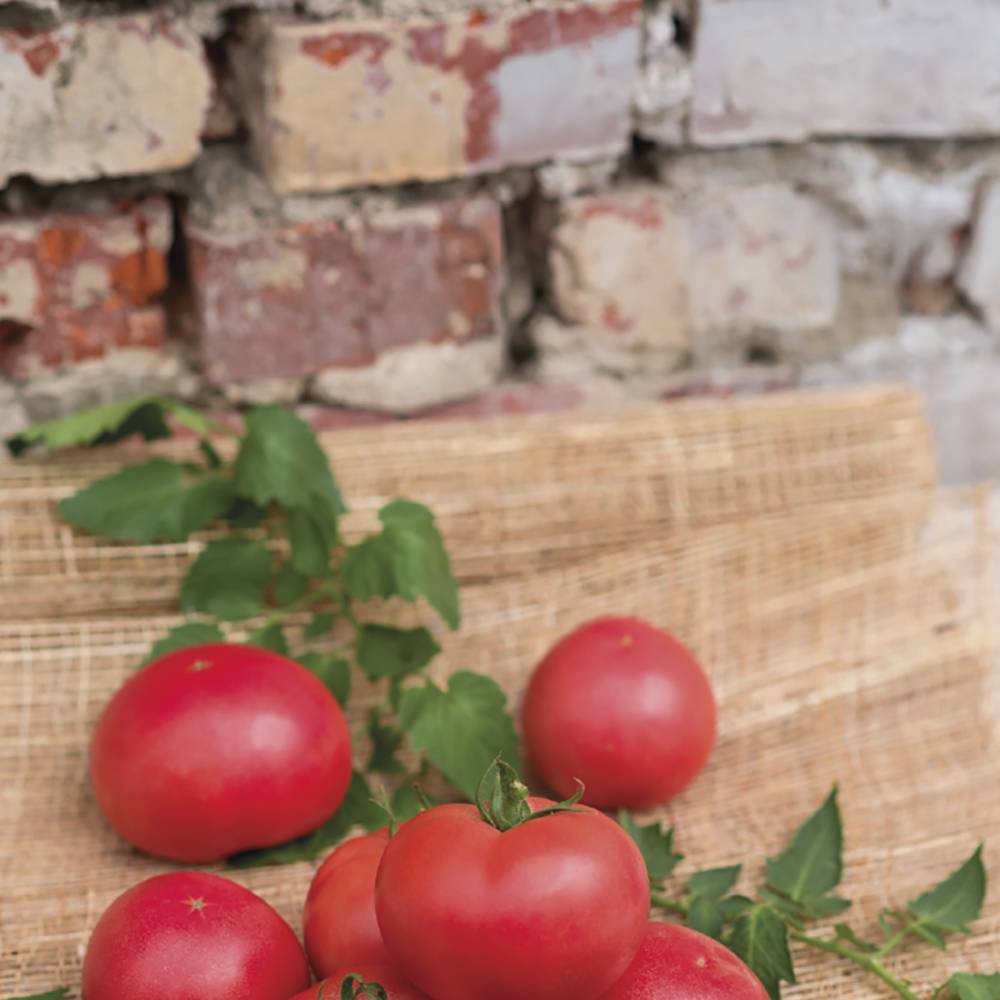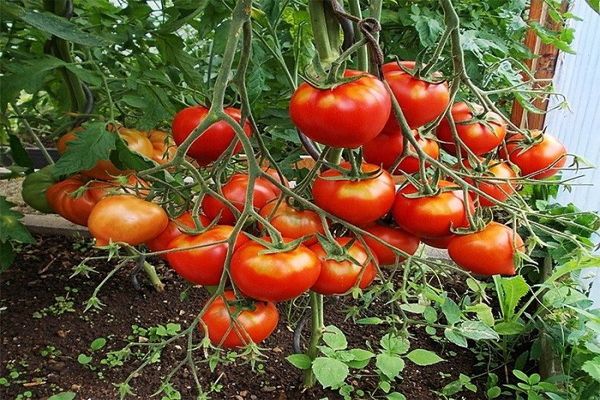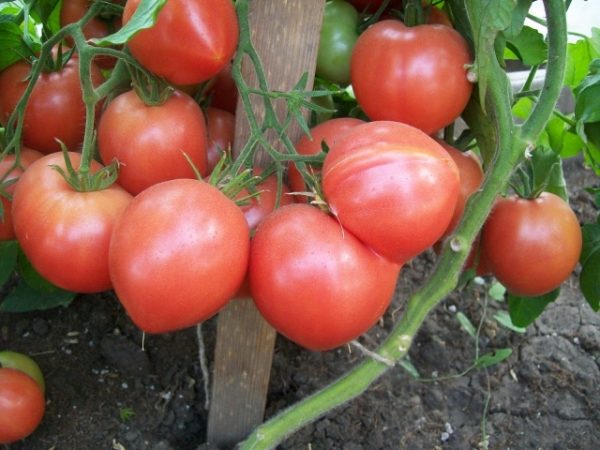Content:
Katyusha tomatoes are grown both in greenhouses and outdoors. The variety is undersized, with medium-sized fruits, but it has a rich harvest - on average, about 20 kg of tomatoes can be harvested from five bushes.
Another advantage of the Katyusha is its resistance to unfavorable climatic conditions. Low-growing fruitful tomatoes have a pleasant sweetish taste. They are suitable both for salads and for various hot dishes, and are also excellent for preservation. This variety grows well in all climatic zones.
Tomato Katyusha: characteristics and description of the variety
The variety is considered early ripening, the fruits ripen in 85-120 days outdoors, in the greenhouse they ripen in 80-90 days.
The plant perfectly tolerates heat and drought, as well as high humidity. However, the yield depends on the weather and averages 160-530c / ha.
Features of the bushes
The hybrid is distinguished by its short stature and lack of side shoots, it does not need to be pinned. Determinant bushes reach a maximum height of 80 cm, but in greenhouses this figure rises to 1.3 m. Since the plant is a standard plant, it grows with one stem, without shoots. The leaves of the culture are medium in size, oval in shape, with a slight taper at the end, painted in bright green. Inflorescences are formed above the 7th leaf.
Description of tomatoes Katyusha
Varietal features of Katyusha fruits:
- juiciness of the pulp;
- the fetus consists of 6-8 chambers;
- sugar 2.9%;
- dry matter less than 5%;
- the average weight of the fetus is 120-130g;
- the ripe fruit is pink and hot pink;
- the fruit is covered with a thin skin with a smooth surface.
Due to their low dry matter content, they produce a large amount of tomato juice with a sweet taste.
Features of cultivation
Tomatoes Katyusha is planted with seeds or seedlings. The seeds are placed in the soil to a depth of 5 mm, then they must be covered with soil and covered with glass. After 4 leaves have formed on the sprouts, they need to be transplanted.
The seedlings dive into the soil after frost. For Katyusha tomato, it is recommended to use one of the planting schemes - 50 × 50 or 30 × 70.
Top dressing
All season, the bushes of this variety must be fed with mineral and organic fertilizers:
- A week after transplanting the bush into the ground. It is necessary to prepare a solution of 10 liters of water, half a liter of cow dung and 1 s. l. nitrophosphate. One liter of the mixture should be sprayed with 1 bush.
- After the first ovary, inflorescences. During this period, another solution will be required; for its preparation, half a liter of chicken manure is mixed with water, 1 tbsp. l. superphosphate and 1 teaspoon of potassium sulfate.
- After the appearance of the third inflorescence. Here the mixture is prepared from 10 liters of water, one tablespoon of nitrophoska and potassium humate.
Tomatoes Katyusha F1 liked many gardeners and gardeners due to their excellent taste, appearance and resistance to both pests and any climatic conditions.


